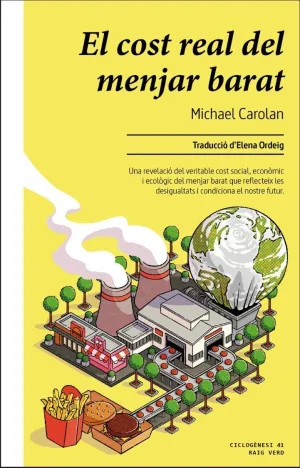COLLECTIVISM AFTER MODERNISM. THE ART OF SOCIAL IMAGINATION AFTER 1945
STIMSON, BLAKE

The desire to speak in a collective voice has long fueled social imagination and artistic production. Prior to the Second World War, artists understood collectivization as an expression of the promise or failure of industrial and political modernity envisioned as a mass phenomenon. After the war, artists moved beyond the old ideal of progress by tying the radicalism of their political dreams to the free play of differences.
Organized around a series of case studies spanning the globe from Europe, Japan, and the United States to Africa, Cuba, and Mexico, Collectivism after Modernism covers such renowned collectives as the Guerrilla Girls and the Yes Men, as well as lesser-known groups. Contributors explore the ways in which collectives function within cultural norms, social conventions, and corporate or state-sanctioned art. They examine the impact of new technologies on artistic practice, the emergence of networked group identity, and the common characteristic of collective production to blur the typical separations between artists, activists, service workers, and communities in need.
Together, these essays demonstrate that collectivism survives as an influential and increasingly visible artistic practice despite the art worlds star system of individuality. Collectivism after Modernism provides the historical understanding necessary for thinking through postmodern collective practice, now and into the future.
Contributors: Irina Aristarkhova, National U of Singapore; Jesse Drew, San Francisco Art Institute; Okwui Enwezor, U of Pittsburgh; Rubén Gallo, Princeton U; Chris Gilbert, Baltimore Museum of Art; Brian Holmes; Alan Moore; Jelena Stojanovi´c; Reiko Tomii; Rachel Weiss, School of the Art Institute of Chicago.







